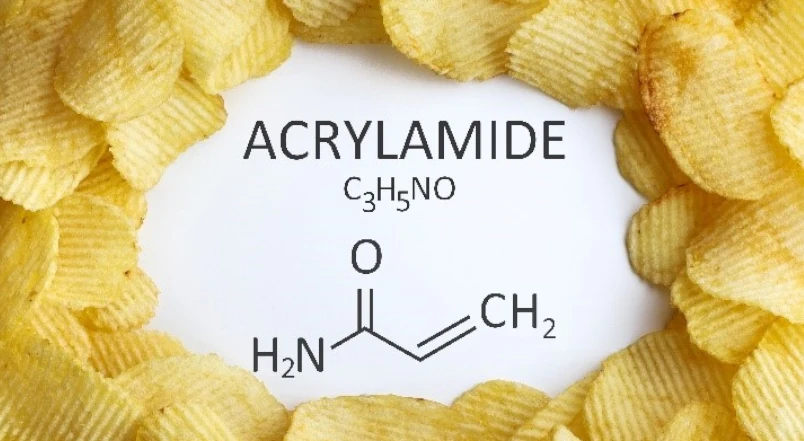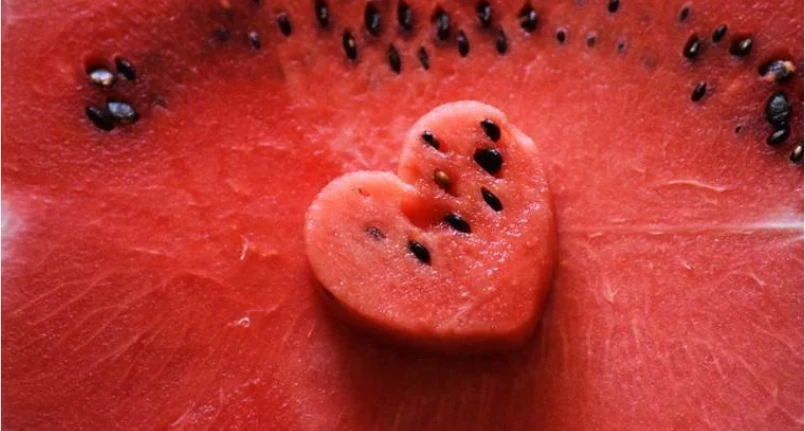Introduction
French fries, hamburger bread , but also breakfast cereals and coffee contain acrylamide, a chemical substance that is produced by cooking at high temperatures in starchy foods cooked with methods such as frying, oven, grill , industrial cooking above 120 °C.
This substance, according to some studies conducted starting from the early 2000s, is harmful to human health. It would in fact be genotoxic (i.e. capable of damaging DNA ) and carcinogenic. Acrylamide is found in bread rolls , biscuits, rusks , cereal snacks and other products including coffee and roasted nuts . The European Commission is engaged in reviewing the 2017 Regulation, regarding the limits and values of acrylamide in food products on the market.
Acrylamide: Synthesis
- Acrylamide is a substance used in various industrial processes that is formed in food, but also in tobacco subjected to high temperatures above 120 degrees.
- It can form in foods that contain starch ( potatoes , biscuits, bread ,) and in toasted cereals, dried fruit and coffee
- Laboratory studies have demonstrated the correlation between the risk of developing cancer and exposure to acrylamide
- The International Agency for Research on Cancer (IARC) has classified acrylamide as a “probable human carcinogen”,
What is it and how is it formed?
Acrylamide is a potentially very toxic substance which forms from the reaction between some sugars and the amino acid asparagine, contained in foods, subjected to cooking such as frying, grilling, oven, toasting at very high temperatures for prolonged periods. The chemical process it causes, as the Ministry of Health points out, is known as the “Maillard reaction” and gives food that typical
“toasted” appearance which makes it tastier . The foods under the magnifying glass for this potentially harmful reaction to human health are cereals, potatoes or coffee.
What the EU says
The European Commission will change the provisions relating to the presence of acrylamide in food. The new rules that set limits and variables are expected by 2023. In fact, there are many foods cooked at high temperatures that make up people’s diet every day: biscuits, snacks and bread, chips and coffee . If the temperature exceeds 120°C, sugars and amino acids give rise to this substance, accused of being potentially carcinogenic and harmful to DNA. Limits and variables will be imposed on the producers of these industrial foods who will have to comply, under penalty of penalties and complaints.
Until now there has been a timid warning from the institutions with orders for producers to pay attention and lower the thresholds and temperatures. Suffice it to say that from a monitoring carried out in recent years, from 2018 onwards, the concentrations of acrylamide varied from 50 to 7 thousand ppb, depending on the recipes, the cooking method and the type of flour used . The relationships between sugars and amino acids also yielded interesting results. For example, it has been seen that the quantity of acrylamide produced is higher in the presence of fructose , compared to other sugars such as glucose . Furthermore, in the presence of more water and therefore humidity, the levels of acrylamide are lower.




